Google has officially rolled out the Android 16 QPR1 beta update to Pixel smartphones, which features an extensive UI revamp similar to what we’ve seen last time with Android 12. The expected update brings new design elements and functionality enhancements that are creating a buzz in the Android ecosystem. With users eagerly waiting for the next HyperOS 2.3 update on June 22, it’s time to contrast what the current HyperOS 2 (UI experience) has to offer against Google’s latest flagship. Both OSes embody the state of the art of mobile user interfaces, each possessing its strengths that enhance the smartphone experience. From users who value intelligent design and potent functionality, insight into what sets these two operating systems apart will allow for informed decisions about the next device to complement them.
Interface Design and Essential Components
Compared to basic interface components, both systems feature unique takes on current mobile UI design. HyperOS 2 maintains Xiaomi’s tradition of presenting an elegant, iOS-inspired look and feel with crisp lines as well as considerate animations, while Android 16 QPR1 extends Google’s Material You design language in terms of advanced levels of customizability.
The setting menus of both platforms are well structured and intuitive, and both offer ready access to device controls and personalization features. Neither platform has an advantage in this area as both of them deliver great user experiences with clear navigation and rich sets of features.
Notification Management and Control Center
The handling of notifications is where more of the platform differences become apparent. Android 16 QPR1’s Pixel implementation is superior to that of Pixel Standalone, where notification grouping and interaction abilities excel, supported by blur effects that add visual flair. Hyper OS 2 also experiences some issues with respect to notifications from specific apps, an area where Google’s integration into the application ecosystem is superior.
The control center deployments expose conflicting design philosophies:
- HyperOS 2: Has an elegantly designed, iOS-inspired appearance with clear visual hierarchy
- Android 16: Provides better functionality using resizeable tiles but at the cost of taking up more screen real estate
Personalization and Customization
Both operating systems surpass one another in various areas of personalization:
- Lock screen customization: There is more extensive clock customization you can do in HyperOS 2
- Home screen experience: HyperOS 2 presents an elegant, minimalist look, while Pixel gives you a more stanadrd Android experience
- About phone section: HyperOS 2 has a considerate animation of the HyperOS logo, whereas Pixel is more pragmatic in its design
Availability and Updates
The Android 16 QPR1 beta is now accessible for Pixel 6 and higher versions, and provides users of Google with an advance look at these features. Xiaomi users can eagerly await June 22 for the HyperOS 2.3 announcement, while HyperOS 2 and 2.2 remain the current versions accessible as of yet. Android 16 features should be coming to HyperOS in June 2025.
People who want to get an improved HyperOS experience can download the HyperOSUpdates.com app or the MemeOS Enhancer from the Play Store. The MemeOS app also includes extra features such as availability of hidden features of Xiaomi, availability of updates for system apps, and screen update availability.

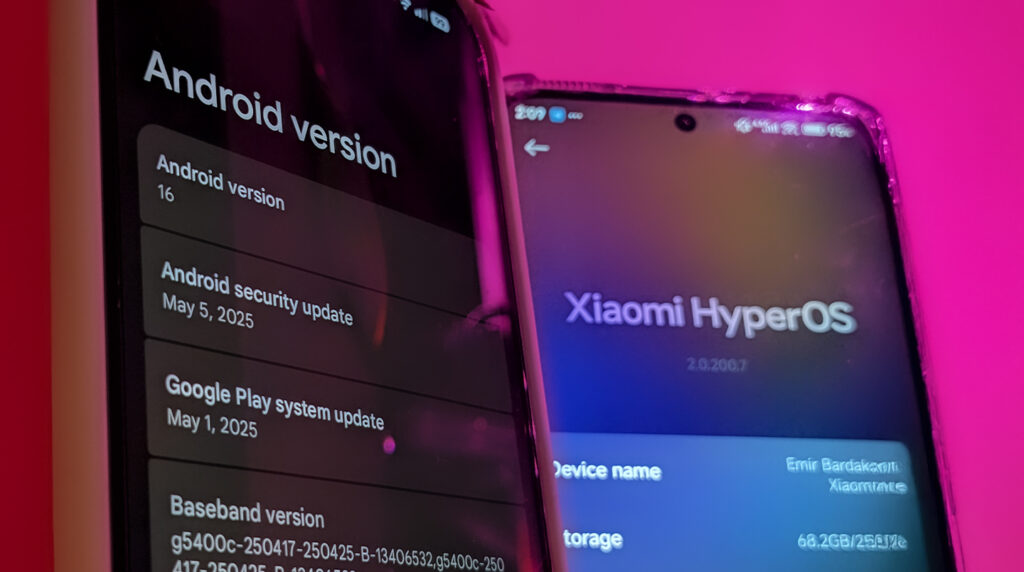
 Emir Bardakçı
Emir Bardakçı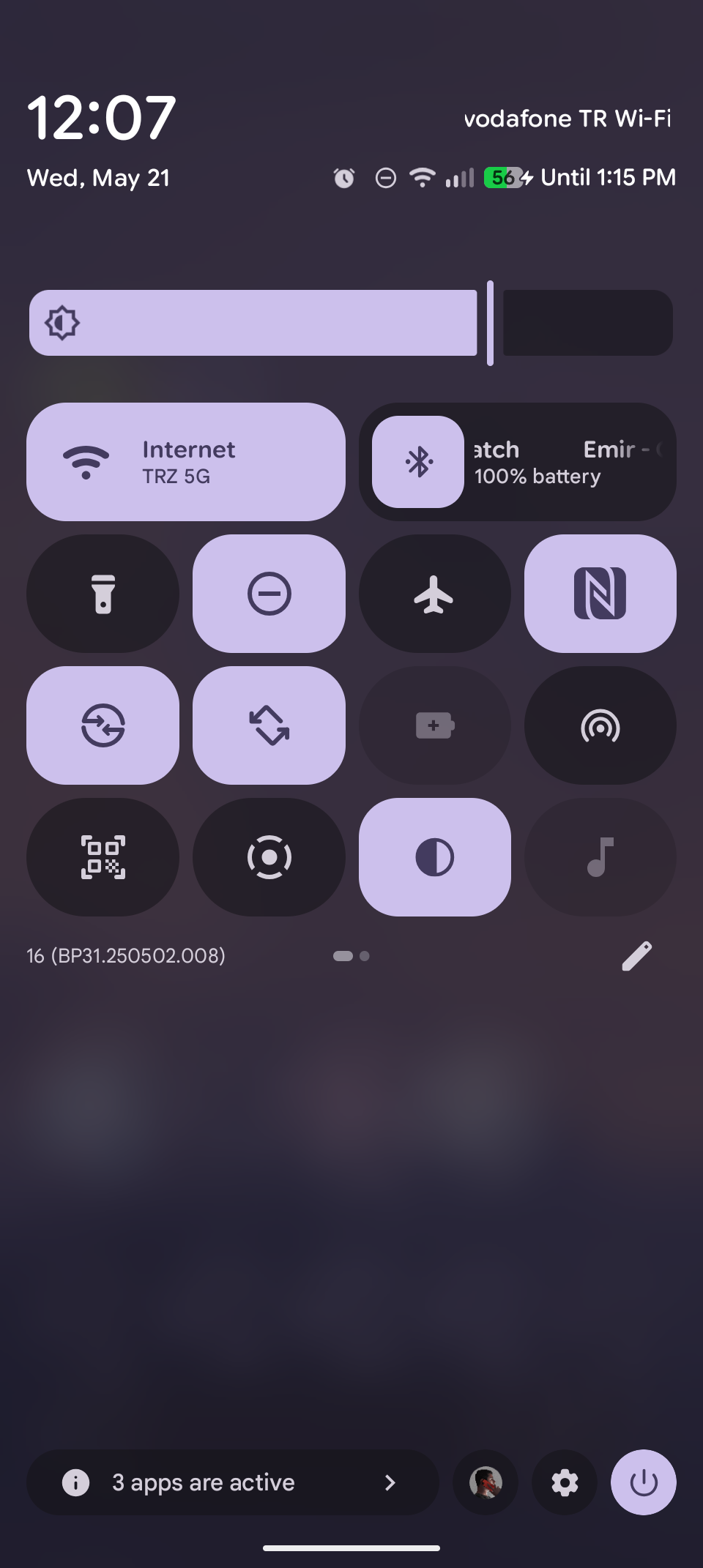
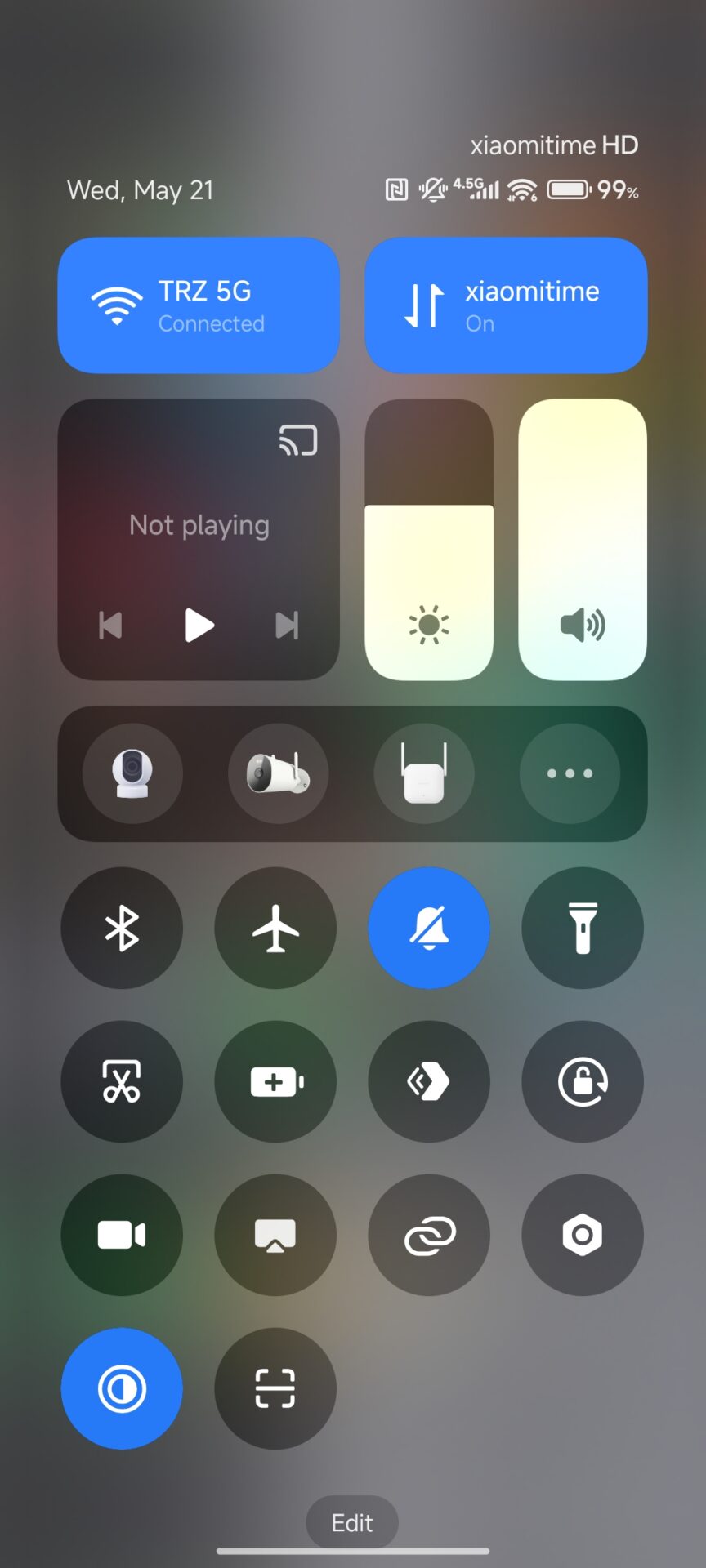
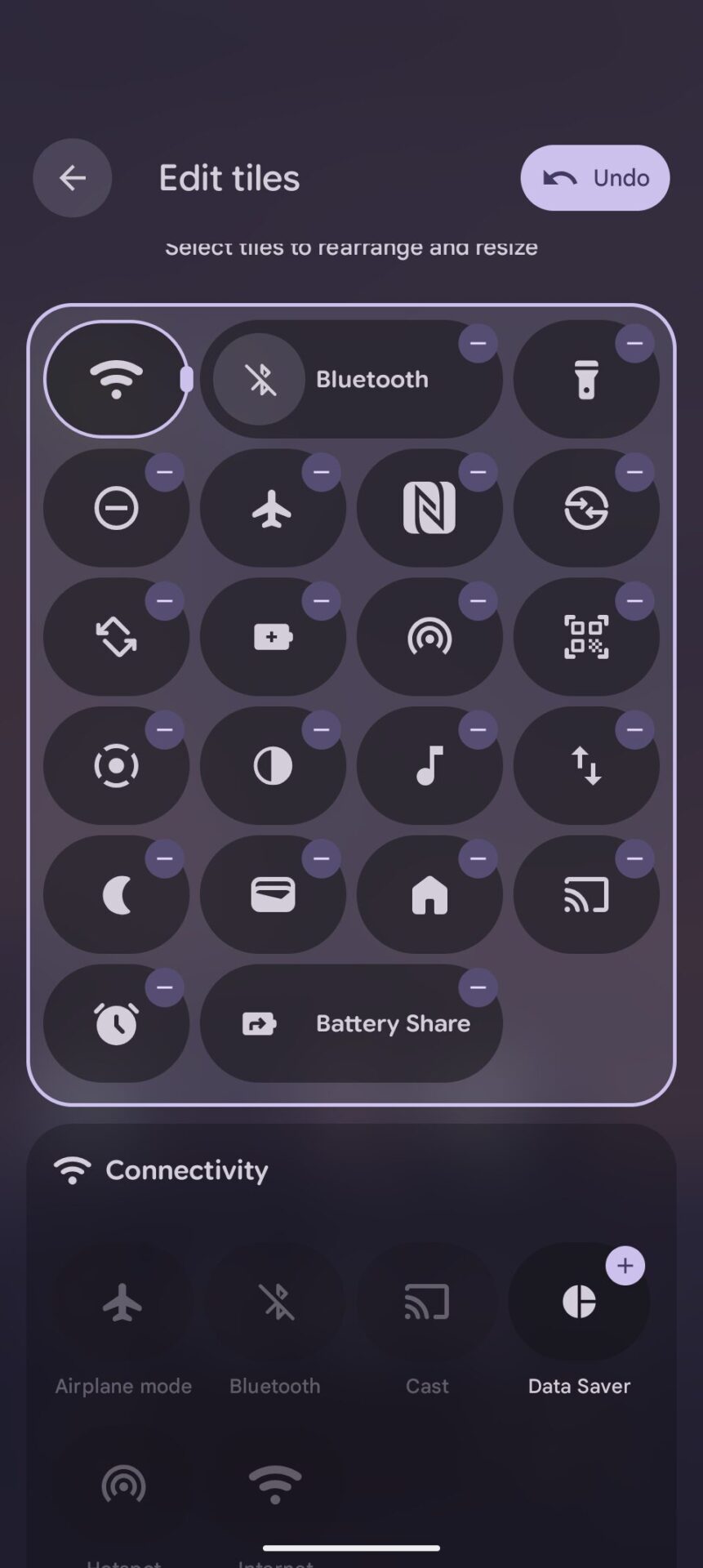
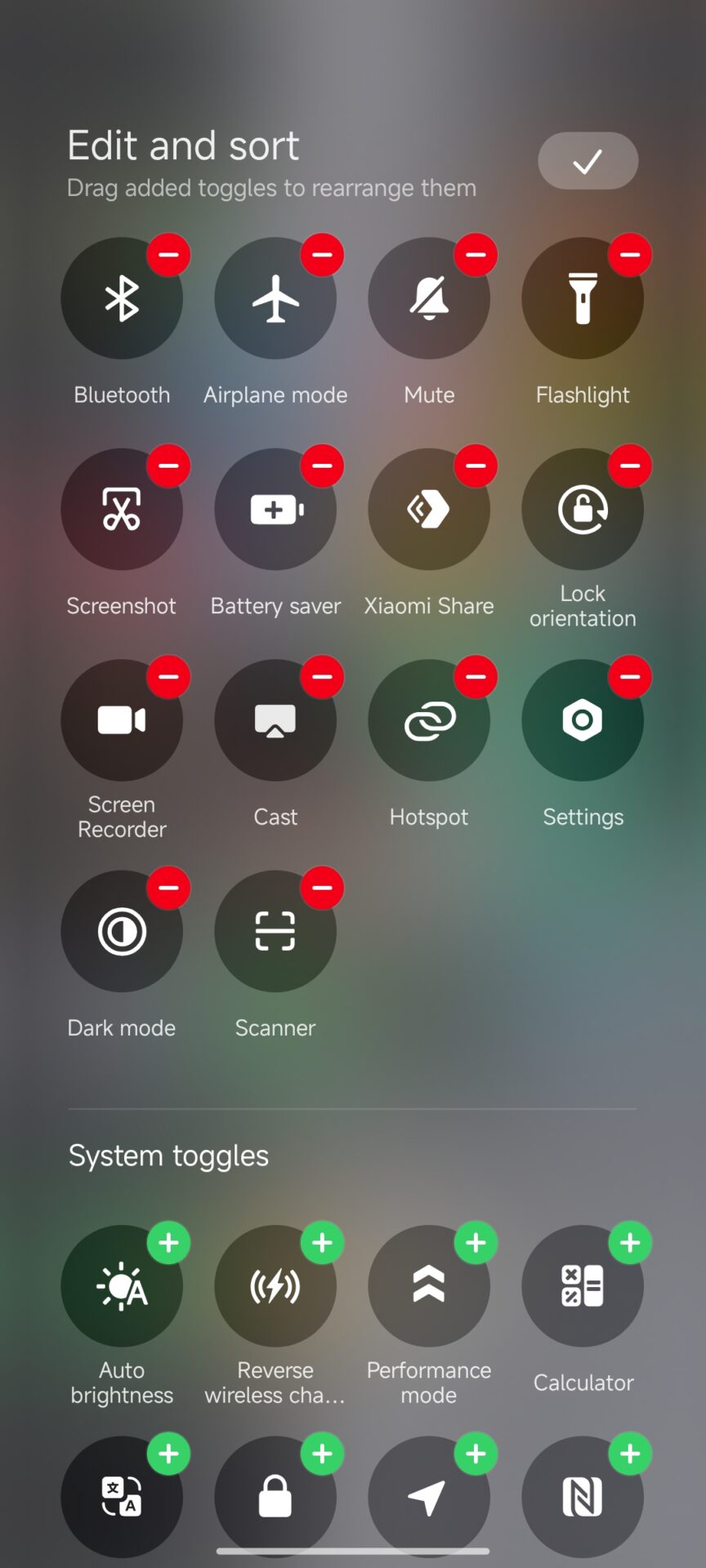
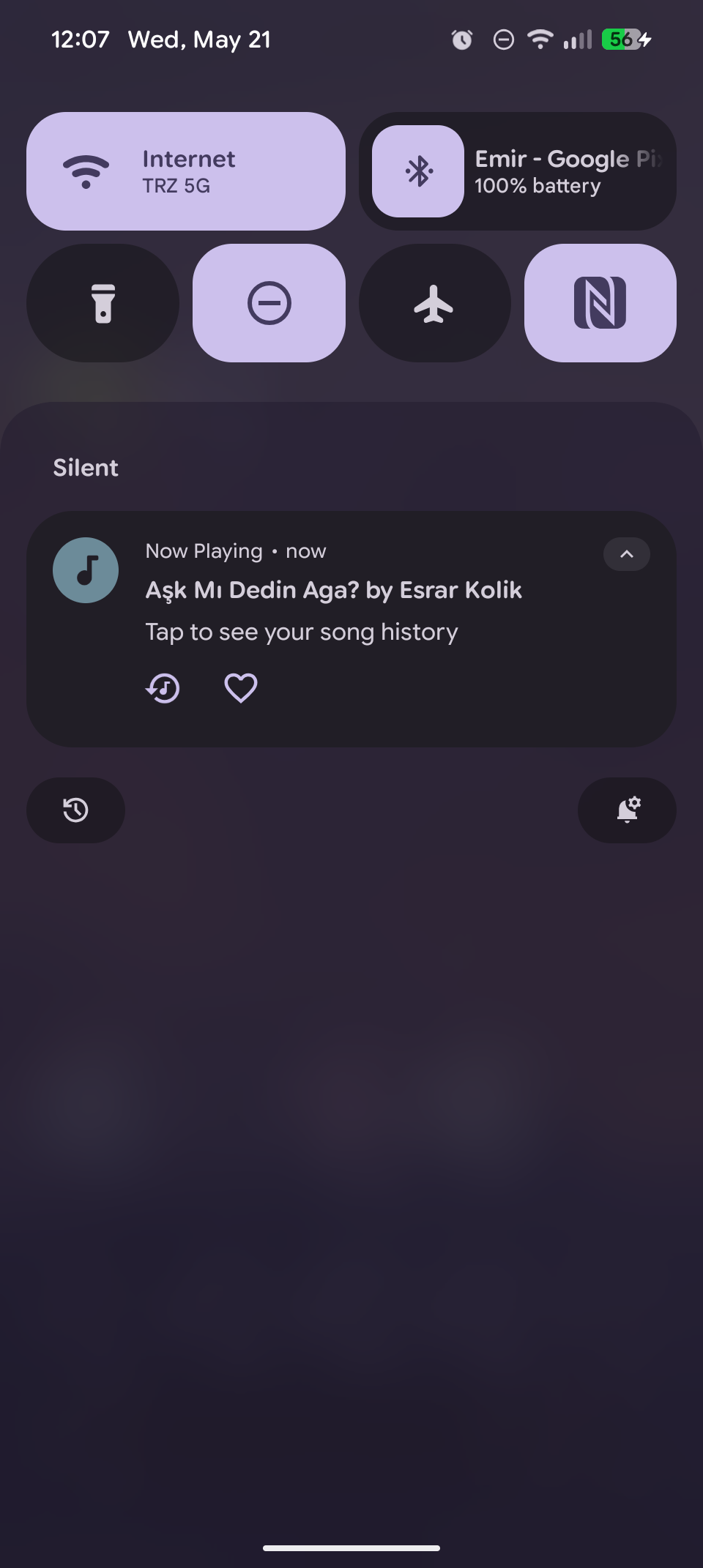
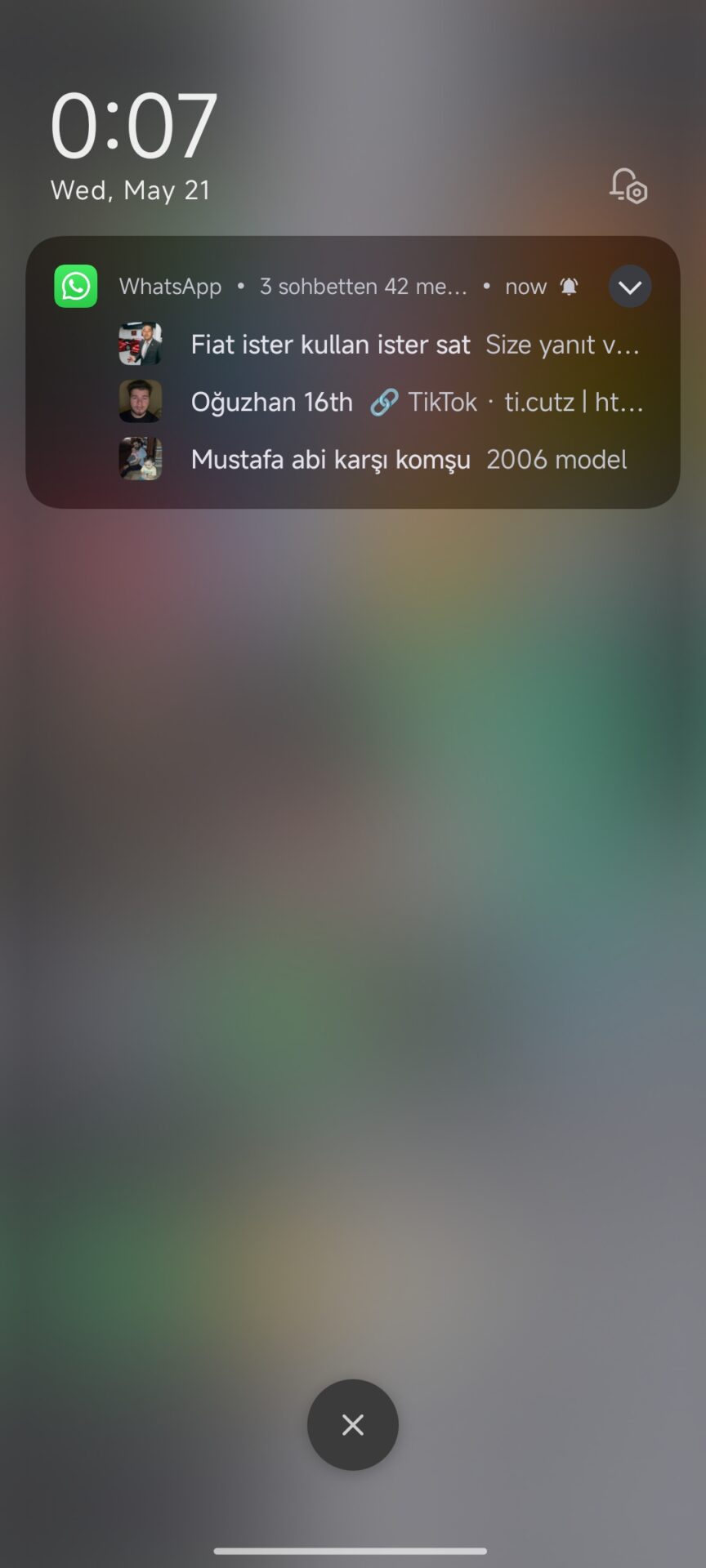
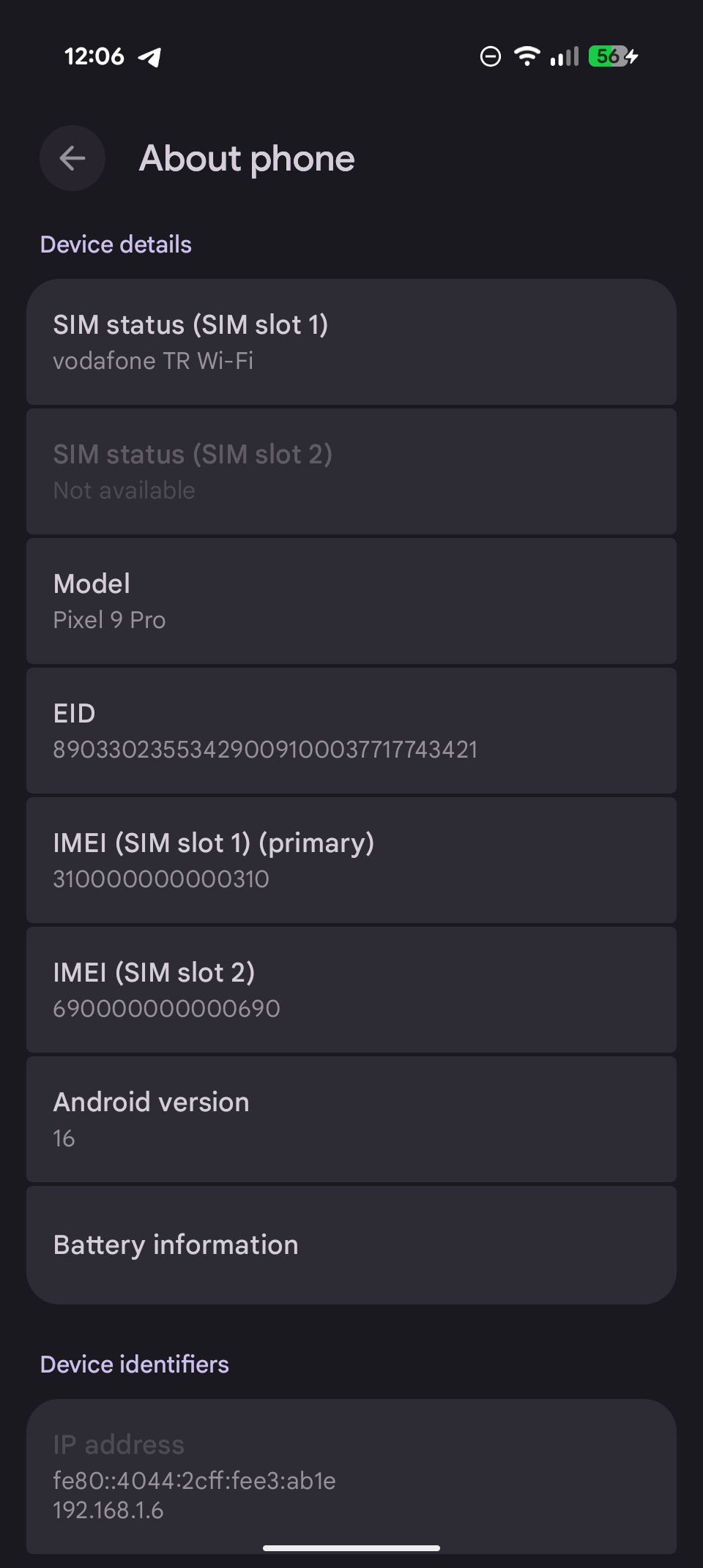
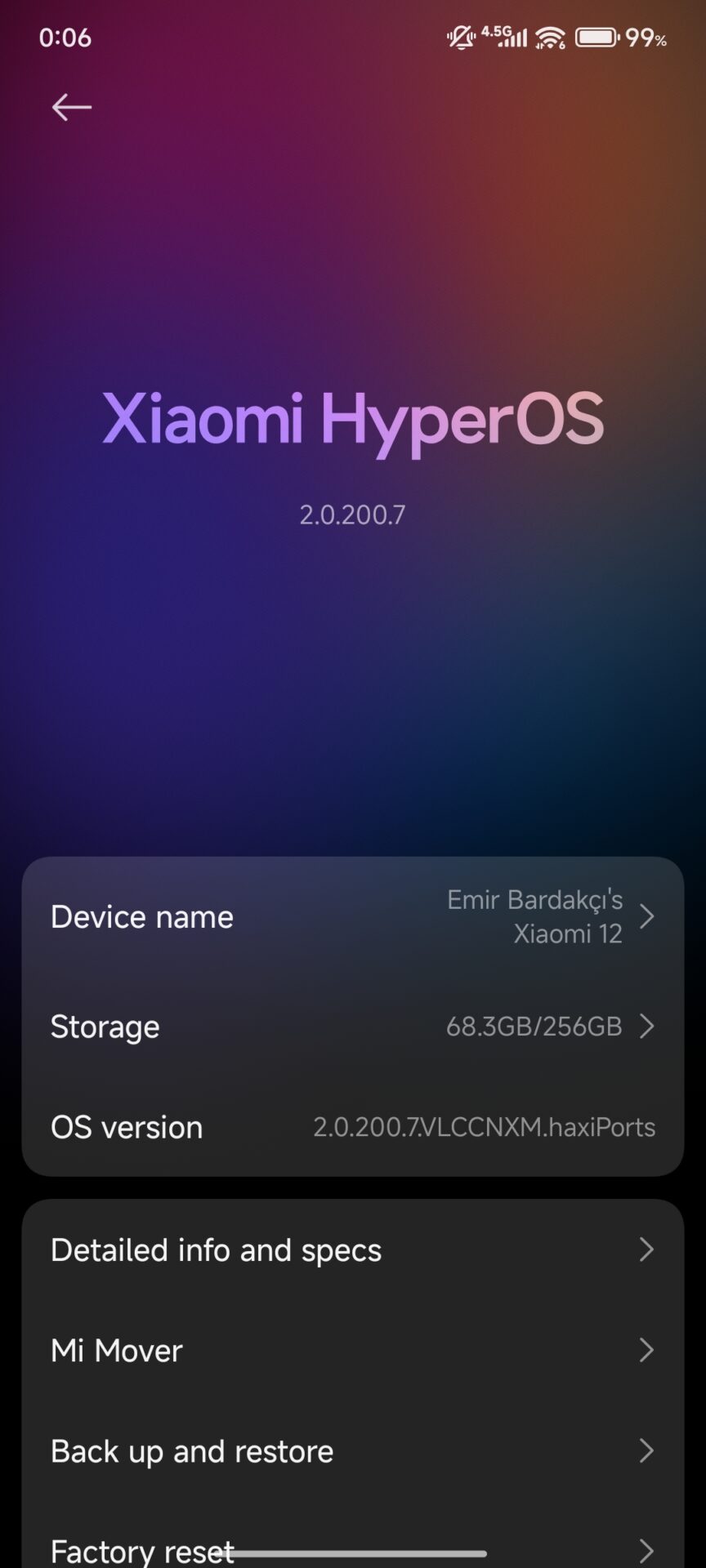
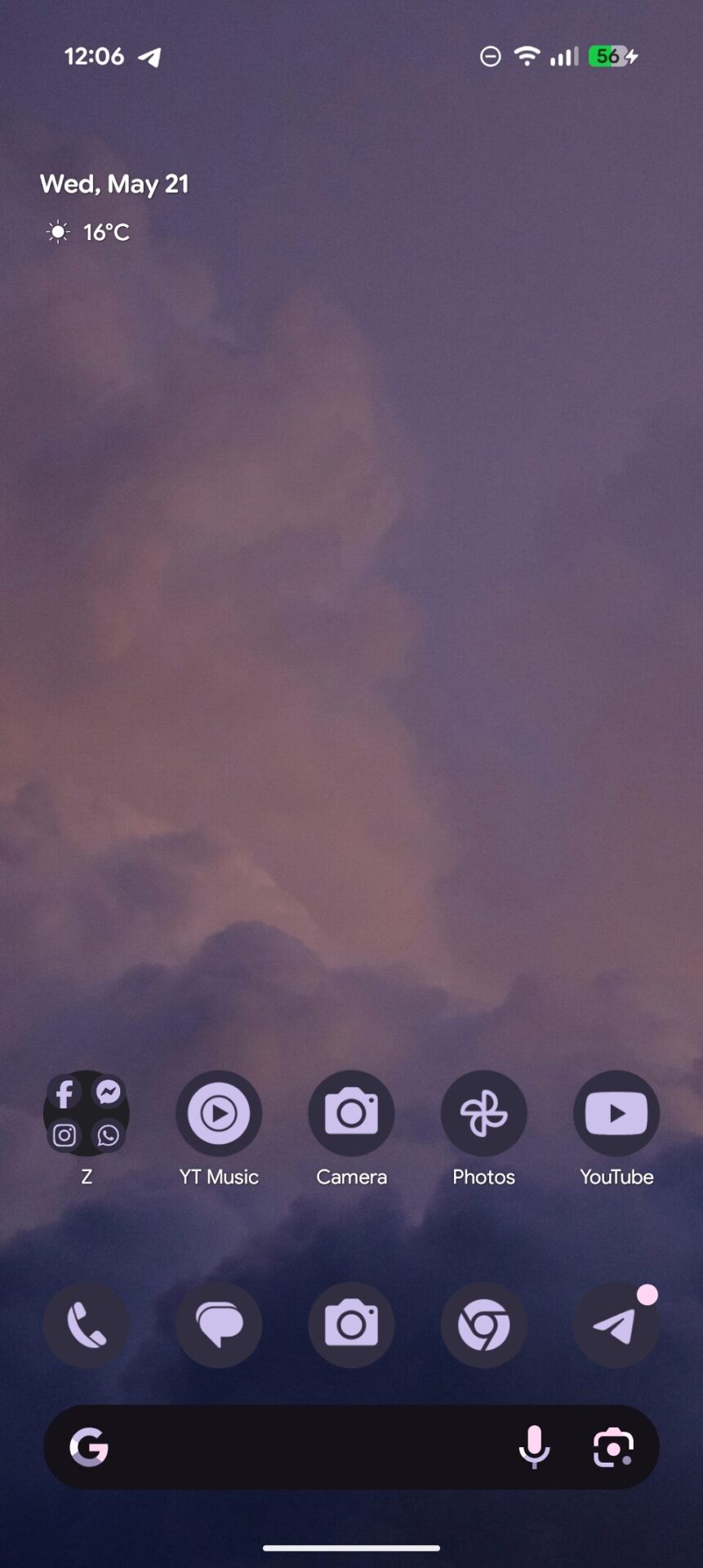
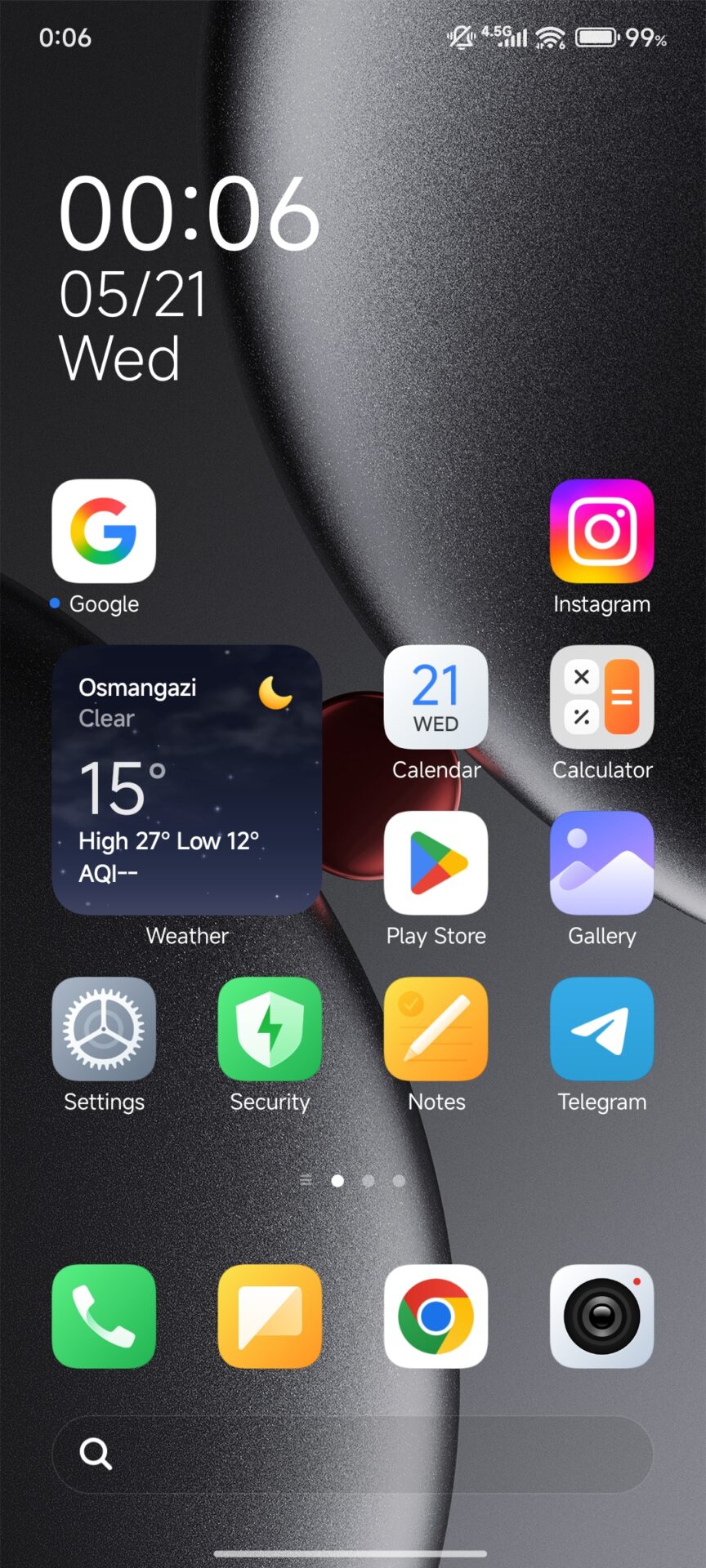
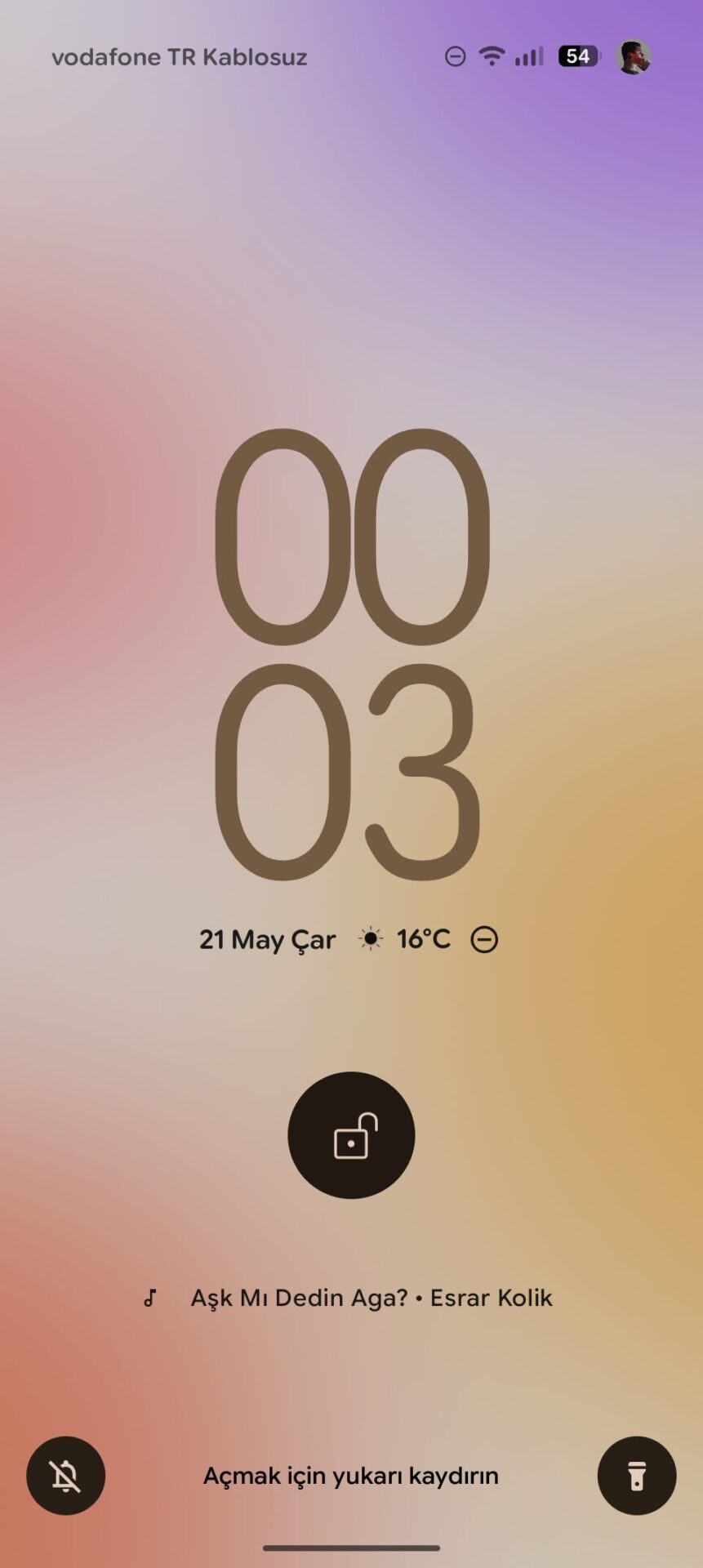
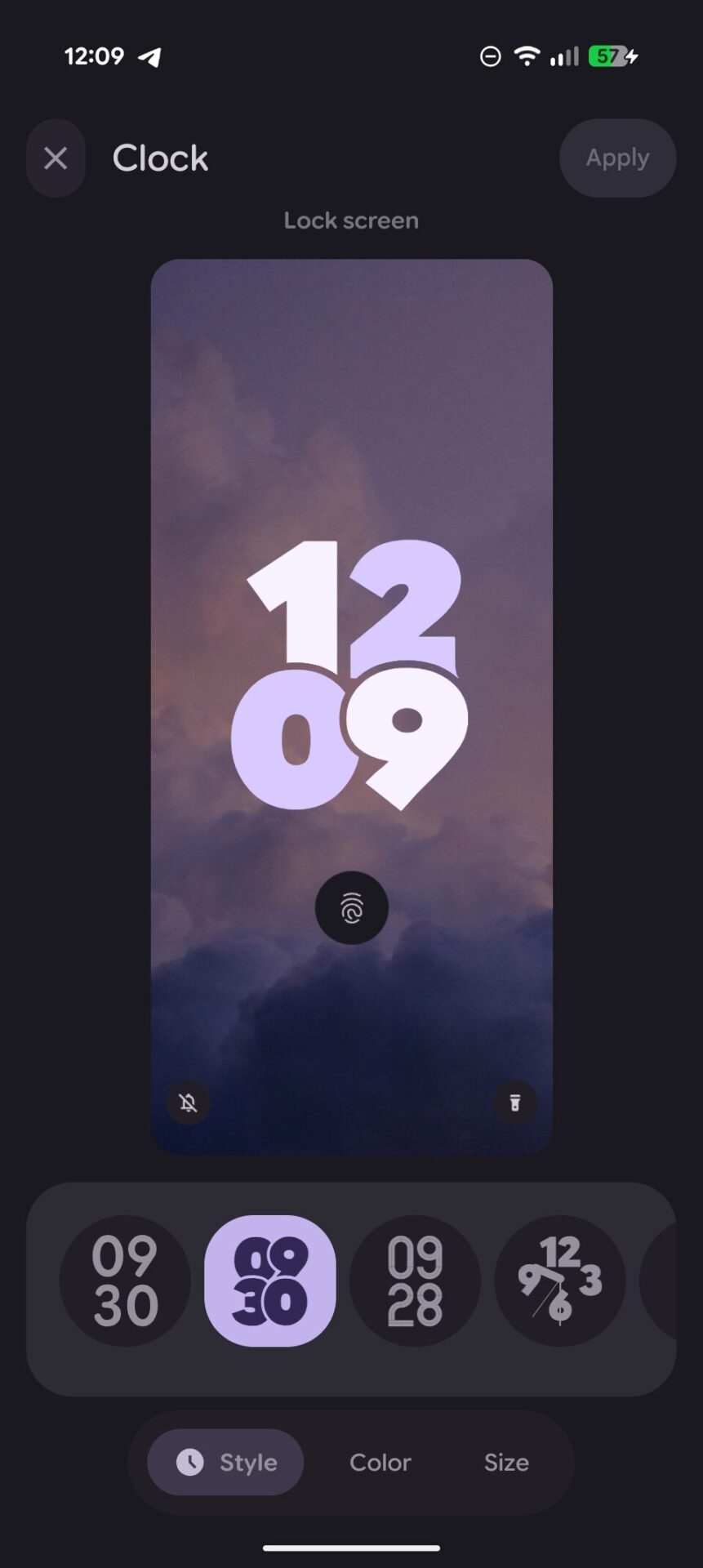
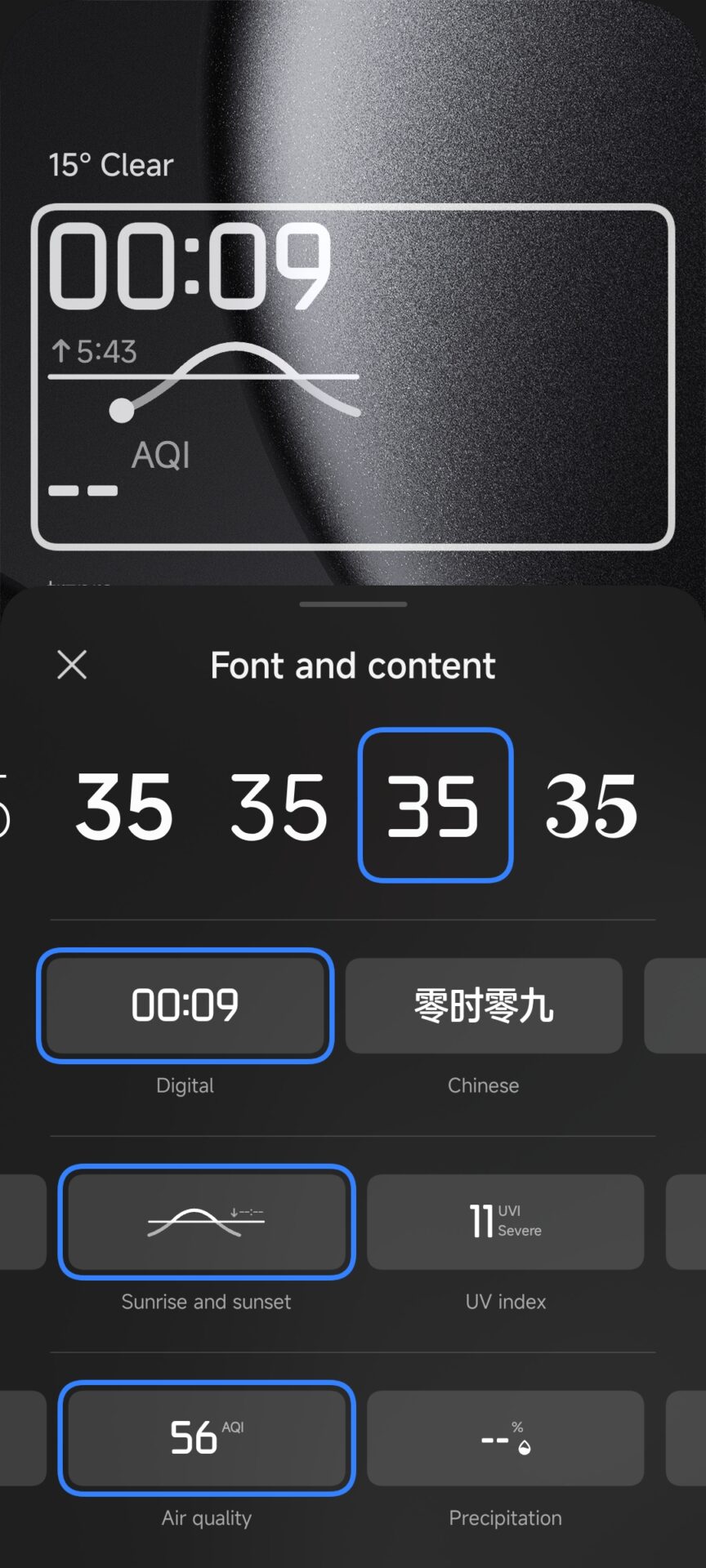
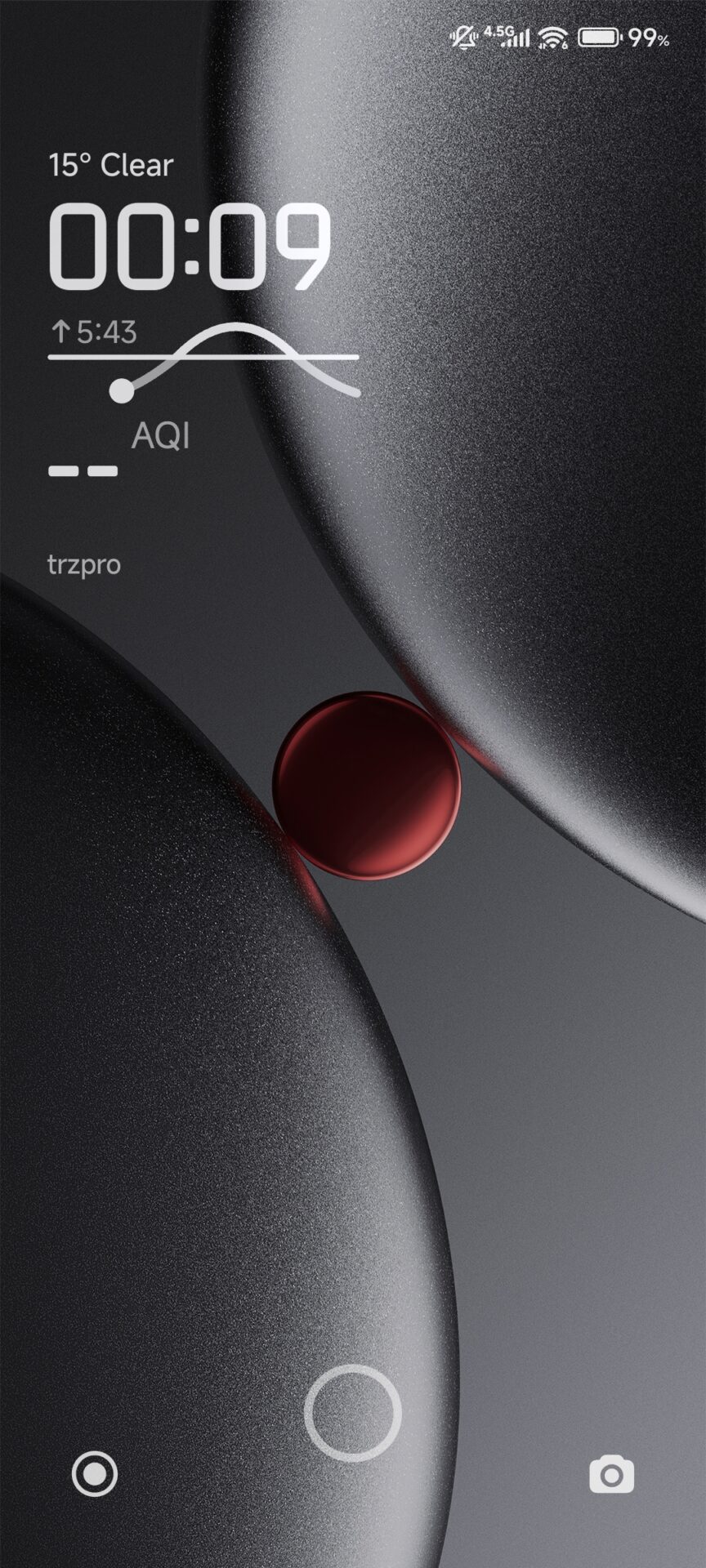
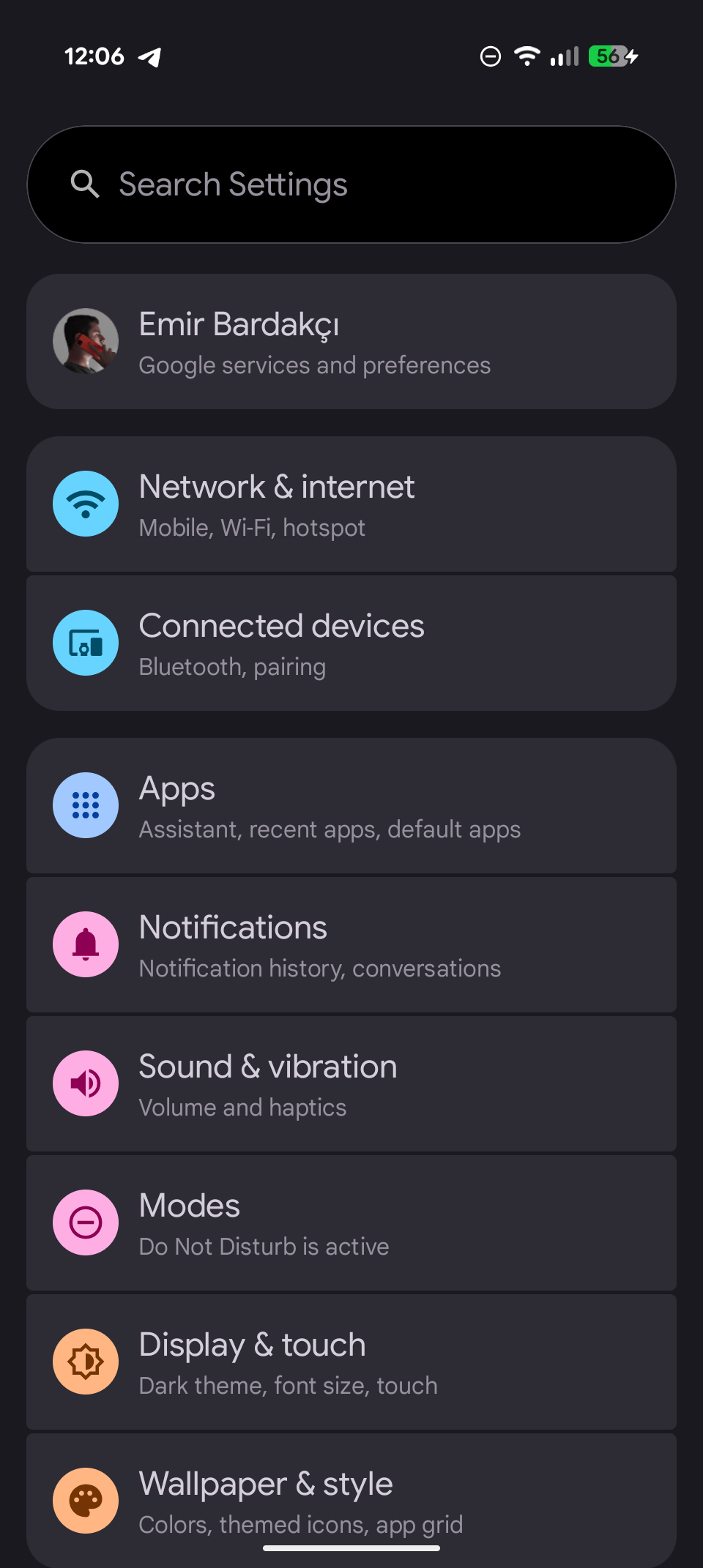
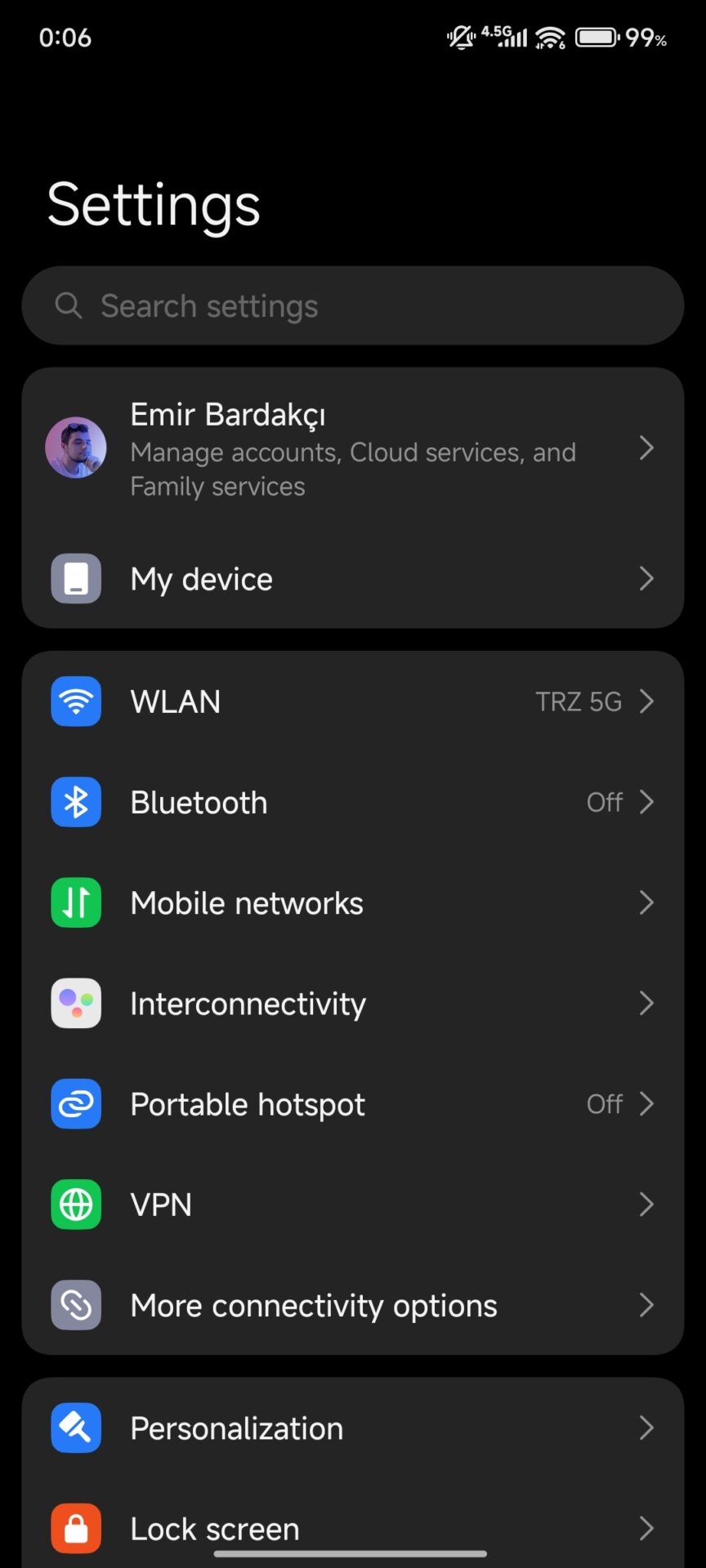
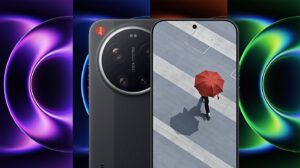

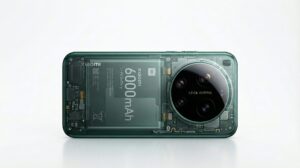
ارجو ان يكون تحديث هايبراس 2.2 محسن كثيرا و بدون أخطاء أمل ذلك
it’s fake of hyperos mine ⁸gb ram mobile no blur control for more devices
hyperos is way better